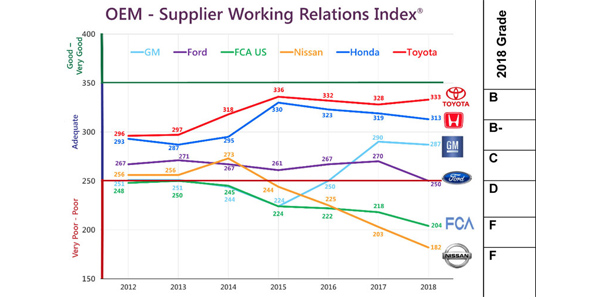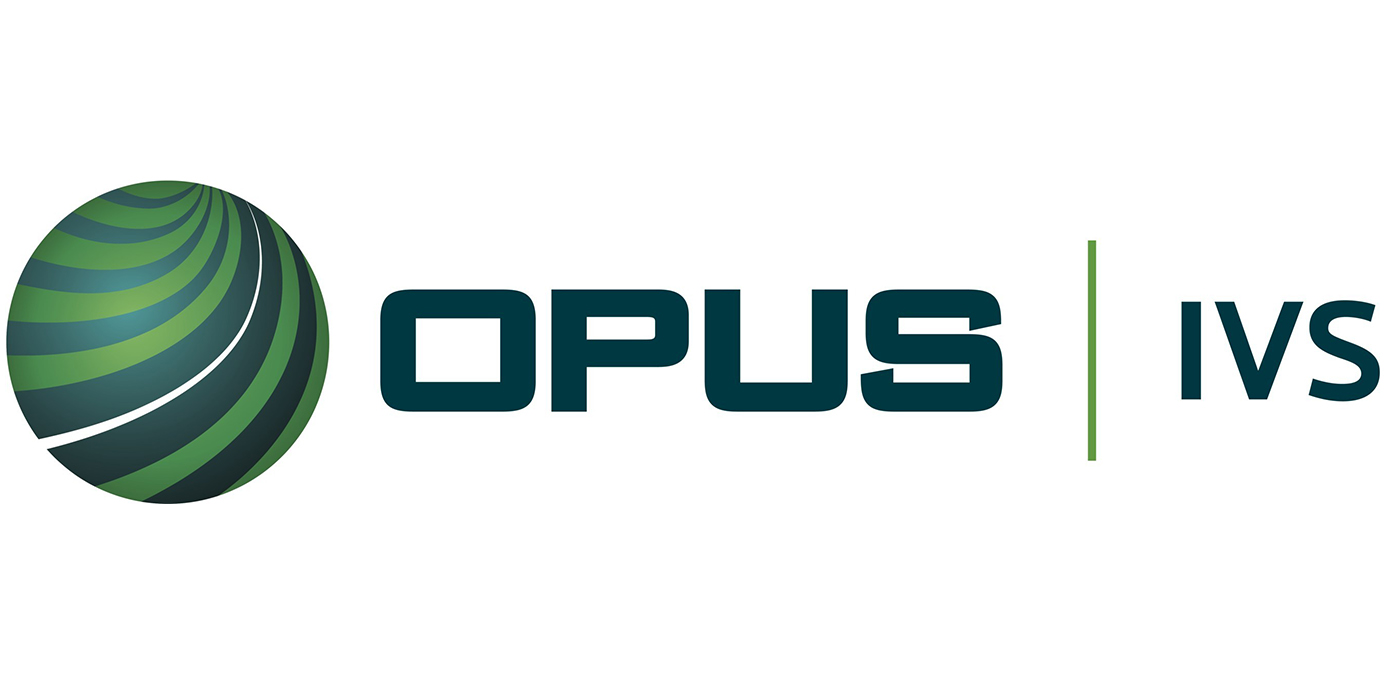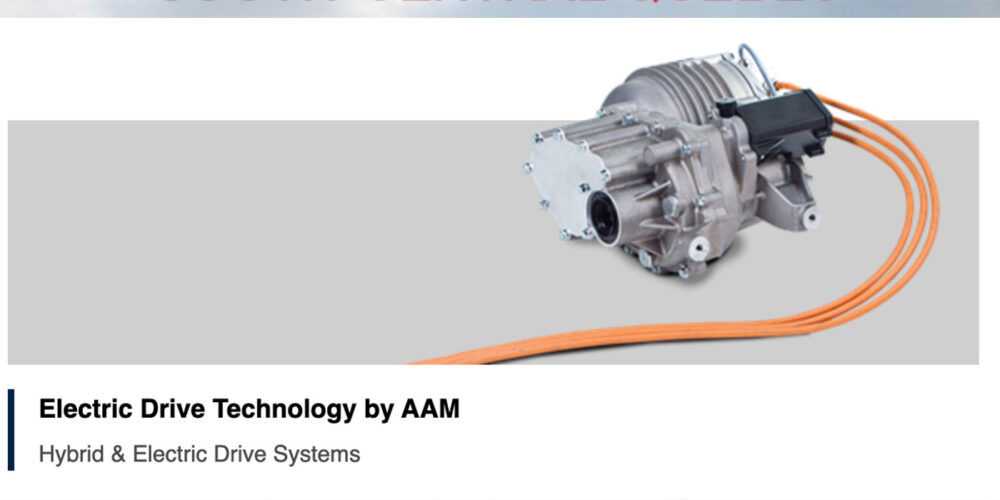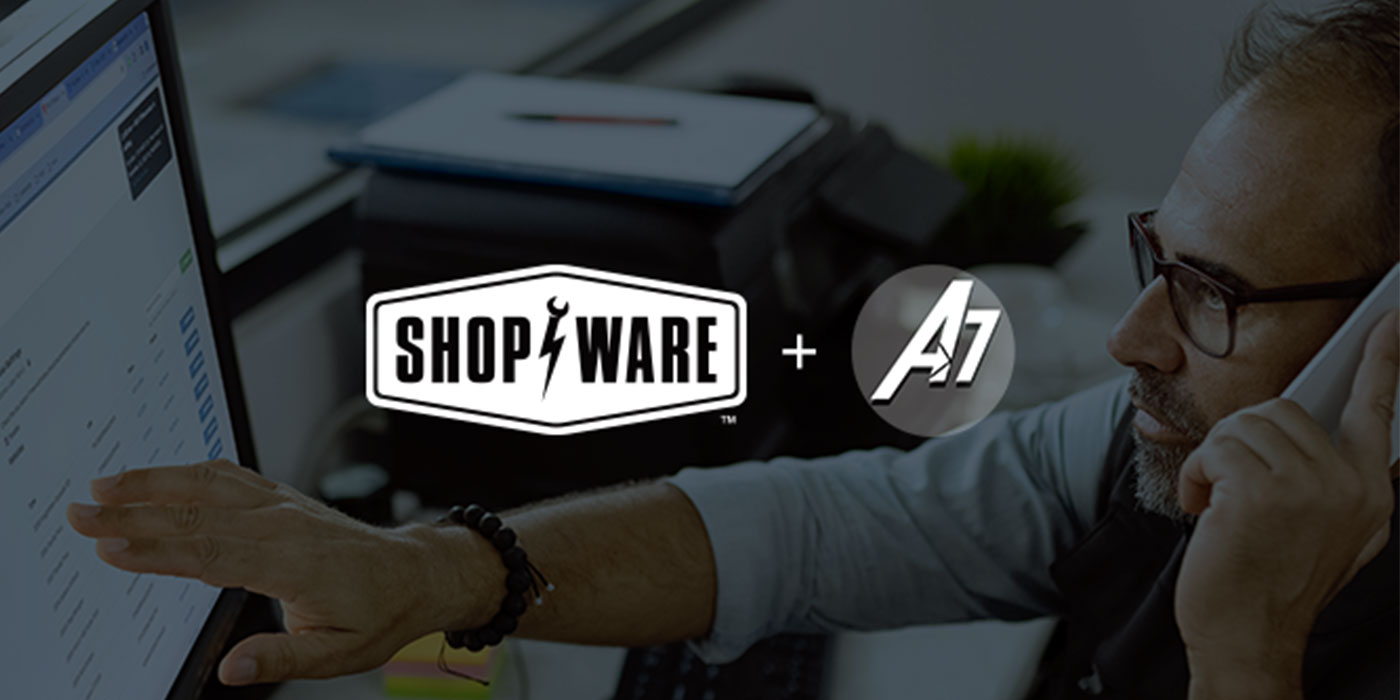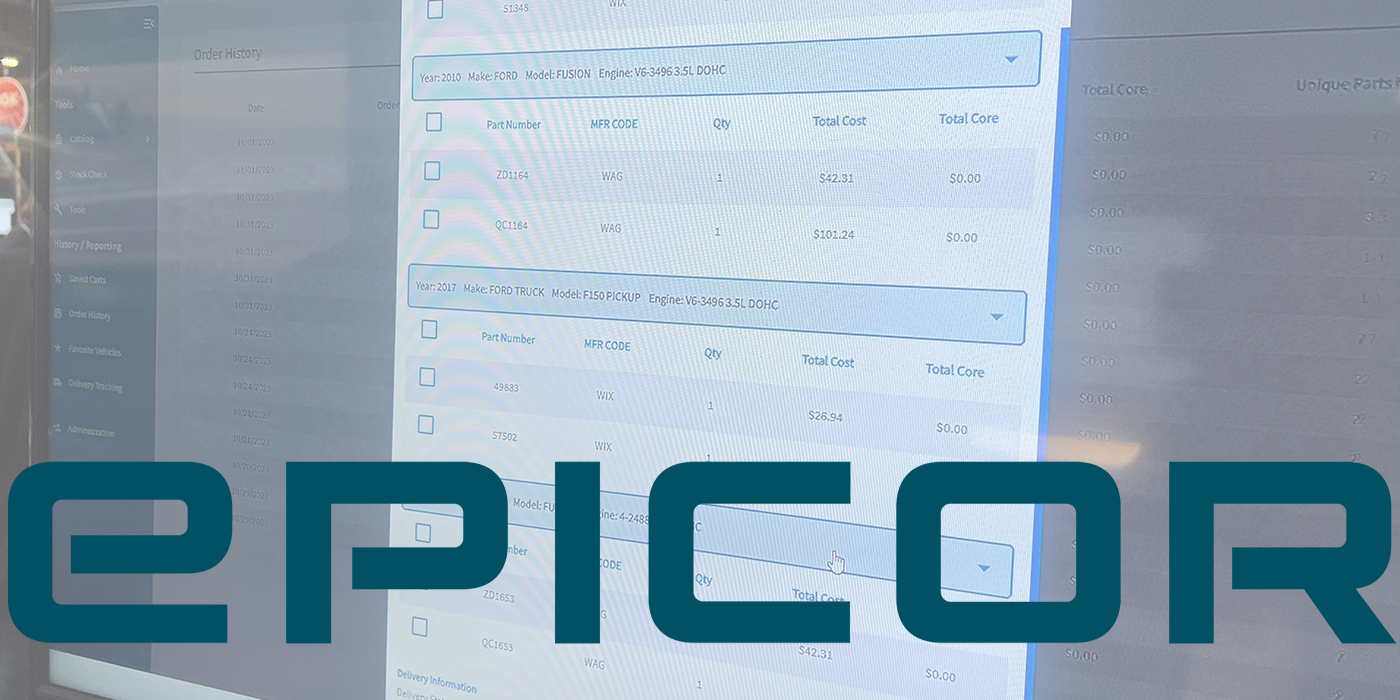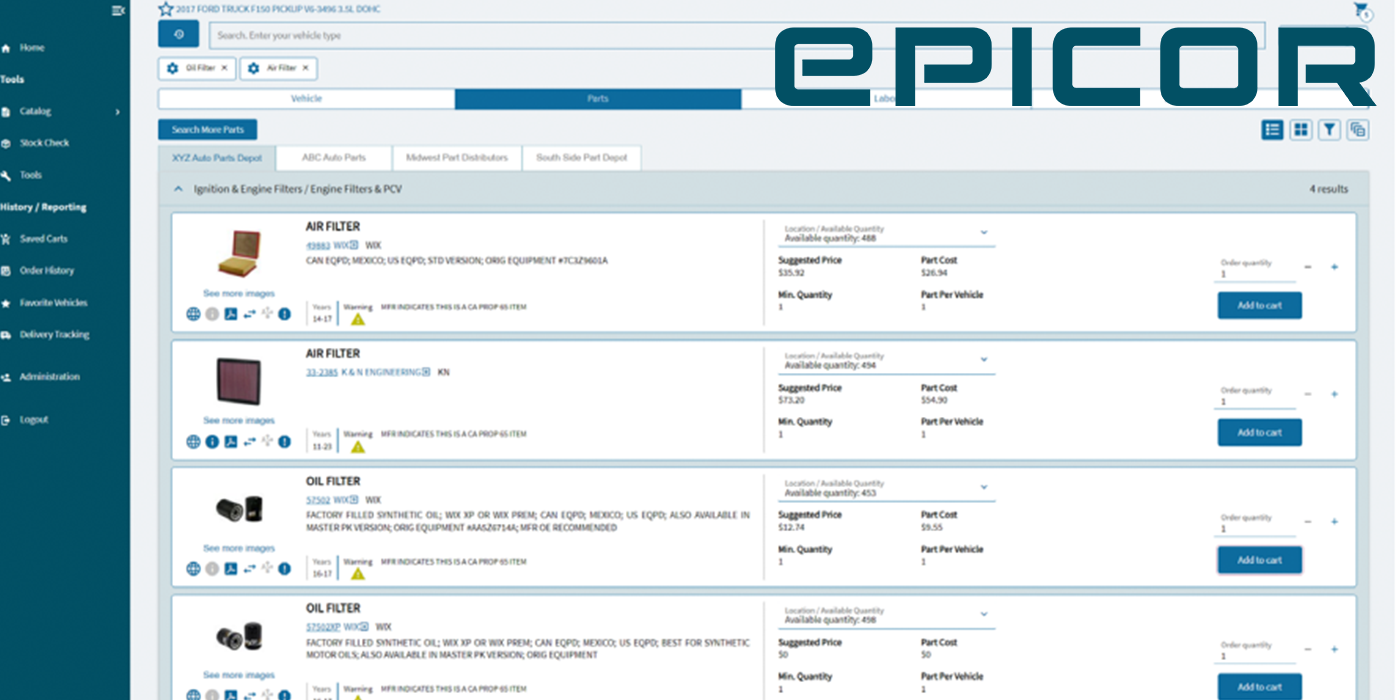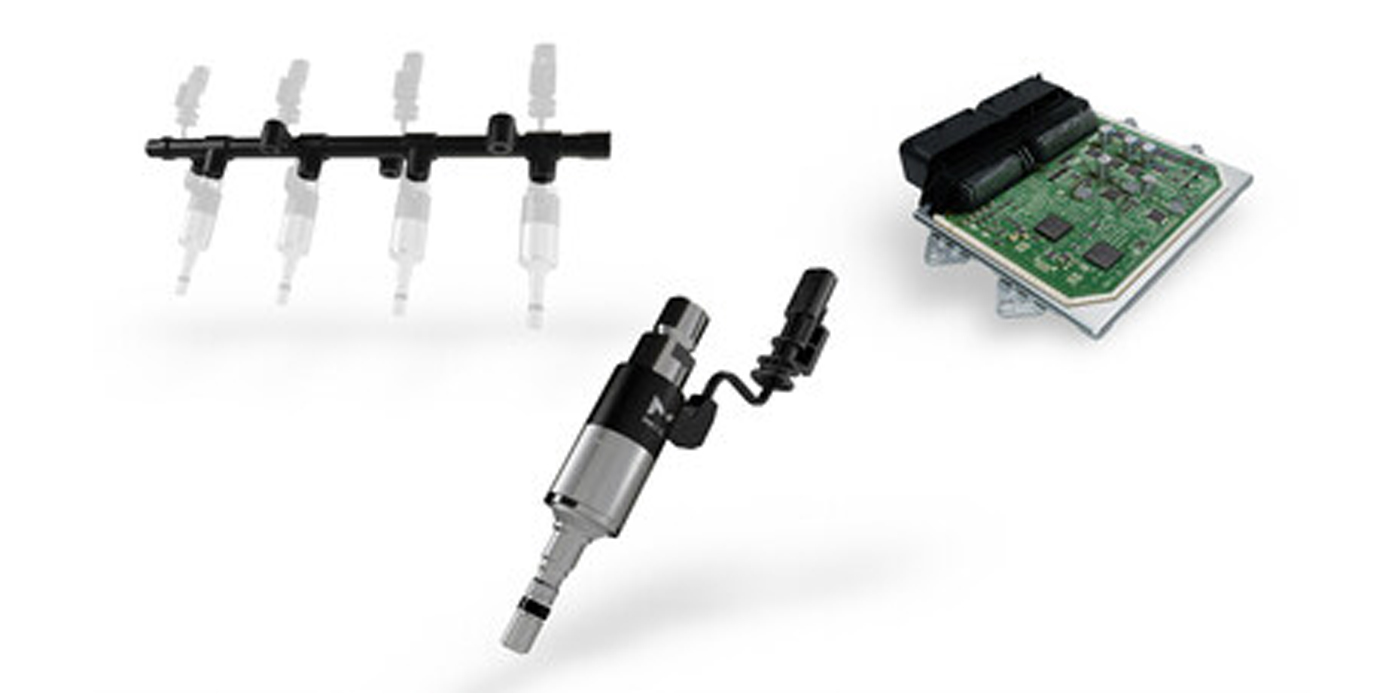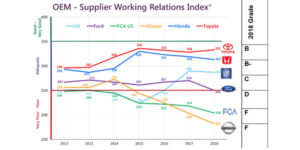 Five of the six major automakers manufacturing and selling vehicles in North America fell in their annual supplier relations rankings, according to the results of the 18th annual North American Automotive OEM – Supplier Working Relations Index Study conducted by Planning Perspectives Inc.
Five of the six major automakers manufacturing and selling vehicles in North America fell in their annual supplier relations rankings, according to the results of the 18th annual North American Automotive OEM – Supplier Working Relations Index Study conducted by Planning Perspectives Inc.
The annual study shows Nissan in last place, continuing its dramatic four-year slide to its all-time low in supplier relations since the study began in 2002. That’s significantly below FCA US in fifth place, which also continued its downward slide to its lowest ranking in eight years. Ford, after eight years of mixed results, fell to the borderline of Poor relations, its lowest point in nine years.
General Motors (GM), after a two-year dramatic improvement that enabled it to overtake Ford for third place, fell slightly this year. Honda continued its gradual three-year decline. Only Toyota ticked upward slightly after declining for two years, holding onto first-place and continuing to distance itself from second-place Honda.
“The erratic up-and-down year-over-year trend lines suggest that these automakers either don’t have a comprehensive supplier relations program in place, or their programs are poorly executed, and it’s costing them hundreds of millions of dollars because suppliers contribute about 60 percent to an automaker’s gross profits,” said John Henke, president of planning perspectives. “A well-managed supplier relations program directly impacts the automakers’ profits.
“For example, our economic model shows that if GM simply maintained its 2017 ranking rather than dropping 3 points this year, it would have realized an additional $167 for every light vehicle manufactured and sold in N.A. This isn’t a lot of money, except that GM manufactured and sold more than 2.4 million light vehicles in N.A., which amounts to more than $400 million in profit. Likewise, had Ford maintained its 2017 level, it would have gained even more – $600 million in profit.”
Henke’s two-decades of research into OEM buyer-supplier relations has shown a direct correlation between supplier relations and what the supplier provides the OEM in terms of pricing, technology and support.
Cost is important to an OEM, and Henke’s research shows that the better the relations with an OEM customer, the greater the price concessions the supplier gives to them. More importantly, the OEM also receives greater non-price benefits such as increased investment in new technology by the supplier, more sharing of new technology, ‘A’ Team supplier support, and more and better supplier communication that can help avoid and resolve problems more quickly.
Supplier relations are not that difficult to understand, says Henke. “Like any relationship, supplier relations come down to how well you communicate, how fair and respectful you are to the other party and being trustworthy, which includes doing what you say you will do. The real challenge comes in executing and managing the complexities of the program.”
The Working Relations Index scores automakers on 16 variables, which fall into five broad areas: OEM-Supplier Relationship, OEM Communication, OEM Help, OEM Hindrance (reverse measure) and Supplier Profit Opportunity.
“Based on the results of the study, it would seem the automakers have forgotten the value and financial impact of strong, positive, collaborative supplier relations,” said Henke. “If this was clearly understood, there is no question the OEMs’ top management and boards of directors would be much more focused on supplier relations improvement.
“Poor supplier relations mean significant reductions in suppliers’ contribution to OEM profits, and with the uncertain future facing automakers in terms of technology, market dynamics and increasing global competition, each OEM is going to need all the revenue and profits it can generate.”

